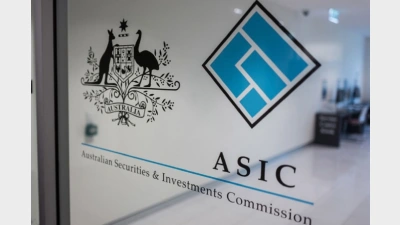(August-2004) Employers to wear choice costs
Employers may face greater costs flowing from the new choice of fund regime than has been indicated by the Federal Government, according to Association of Superannuation Funds Australia principal researcher Ross Clare.
In an address to a University of New South Wales Colloquium, Clare suggests employers face a range of costs in putting in place a choice of fund regime which is likely to extend beyond the Government’s forecasts.
Clare also says that the cost impact on superannuation funds is greater than has been forecast by the Commonwealth, particularly when additional marketing and other costs are taken into account.
He says the Government’s Explanatory Memorandum claims the cost to business from choice will be $27 million in initial costs and $18 million in recurrent costs, and that this appears to be based on multiplying 500,000 employers by $54 each for initial costs and $36 each for ongoing costs.
“While the requirements on employers are not as onerous as contained in previous versions of choice of fund, the estimated costs to employers have not been revised downwards,” Clare says.
And he says this is just as well, because the estimates could be on the low side.
Clare says the Government’s impact statement “appears to ignore the obligation for every employer to give to each relevant employee a standard choice form before July 29 next year, and thereafter give such a form within 28 days of an employee’s starting work.
“Where employees respond to this opportunity, the employer will need to evaluate the member’s choice,” he says. “This might involve determining whether a fund is a public offer fund able to receive an employer contribution, or whether the fund is an industry fund for which the employer would need to become a participating employer, or whether a self-managed fund is, indeed, a complying fund.”
Clare says that employers will need to put in place systems and procedures aimed at ensuring that choice of fund is offered where appropriate, and that any employee response is recorded and acted upon as required.
“The timing of each of these steps will also need to be recorded,” he says. “For a large, or even a small employer the ongoing cost is likely to exceed $36 a year on average.”
Clare says a number of employers are also likely to incur legal and other costs in entering into Australian Workplace Agreements or other agreements so as to cover their superannuation obligations.
“Assuming that all these changes by employers are achieved at the modest cost of $5 an employee, the initial cost to employers would be some $25 million, and around $5 million annually, assuming 20 per cent a year labour turnover,” he says.
Recommended for you
The super fund is open to the idea of using crypto ETFs to invest in the asset class, but says there are important compliance checks to tick off first.
ASIC has launched civil penalty proceedings in the Federal Court against one of the super trustees wrapped up in the Shield Master Fund failure.
Industry associations have welcomed the Treasurer’s review into the superannuation performance test and called for targeted changes that would enable investment in certain assets with strong long-term performance.
Super funds are strengthening systems and modelling member benefits ahead of payday super.











